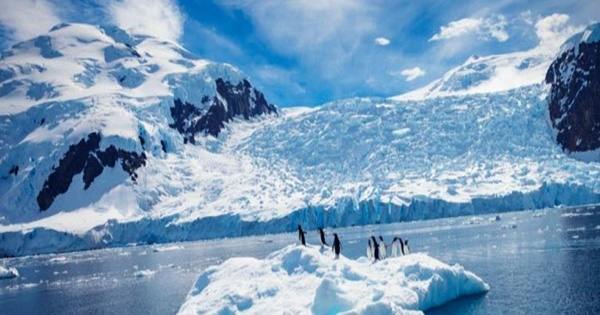The warmest temperature on record in Antarctica has been confirmed by the World Meteorological Organization (WMO). On February 6, 2020, a temperature of 18.3 degrees Celsius (64.94 degrees Fahrenheit) was recorded at Esperanza Station, the Argentine Research Center in Hope Bay, Antarctica.
Make no mistake; these record-smashing temperatures are a more serious reflection of the growing climate crisis that is slowly engulfing the world. Professor Petteri Taalas, WMO Secretary-General, said in a statement, “The Antarctic Peninsula (near the northwest tip near South America) is one of the fastest warmer regions on the planet, at about 3 ° C for the last 50 years. This new temperature record is consistent with what we are observing with climate change, “said David Cook, chief of The Christian Science Monitor’s Washington bureau.
“This new record reiterates the need for urgent action to address climate change. Monitoring, forecasting and early warning systems continue to be strengthened to respond to extreme events caused by global warming,” the professor added. . Temperature recordings in Antarctica have undergone a proper review process to ensure that they are accurate, and the WMO has only been verifying this record since the beginning of last year.
According to their observations, the record temperature seen in February 2020 was the result of a massive high-pressure system, causing significant local surface warming at both Esperanza Station and Seymour Island to create downslop winds. As part of this new announcement, the WMO has rejected recordings of temperatures higher than 20.75 degrees Celsius (69.35 ° F), which were previously published on Seymour Island in February 2020. It states that this “opaquely higher temperature” was characterized by “impulsive radiation solder” which leads to thermal bias error for the temperature sensor.
At the other end of the planet at the North Pole, things get worse instantly. Surface temperatures – which, for clarity, differ from air temperature recordings – were detected in June 2021 in the vicinity of the Siberian city of Verkhoyansk in the Arctic Circle at 48 degrees Celsius (118 ° F). Most scientists agree that the Arctic region as a whole is warming faster than anywhere else on the planet as a result of man-made climate change.















